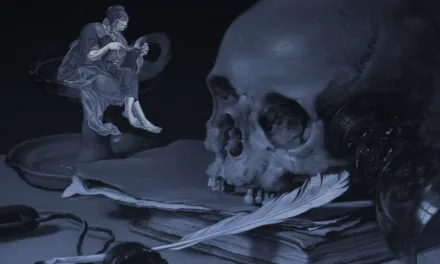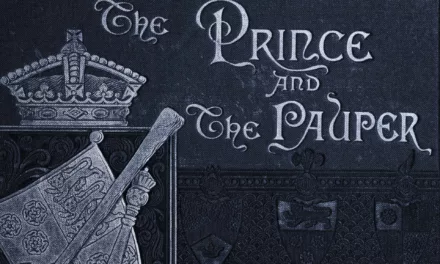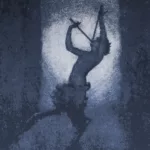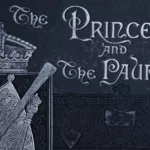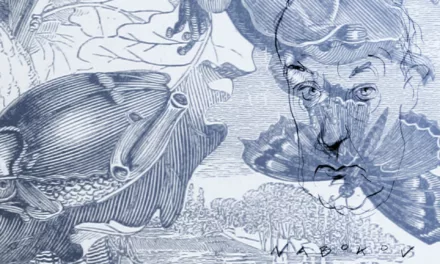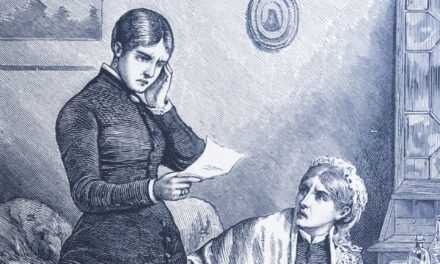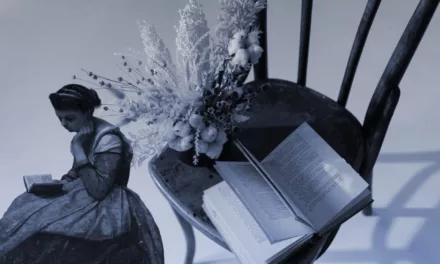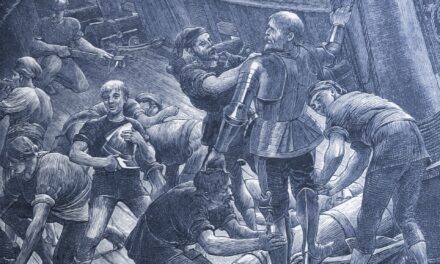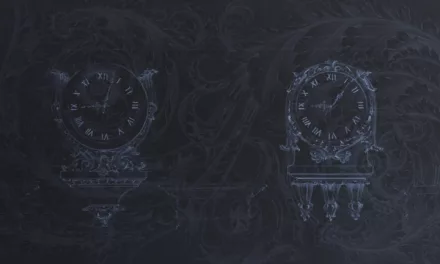
How do you describe characters whose names haven’t been revealed?
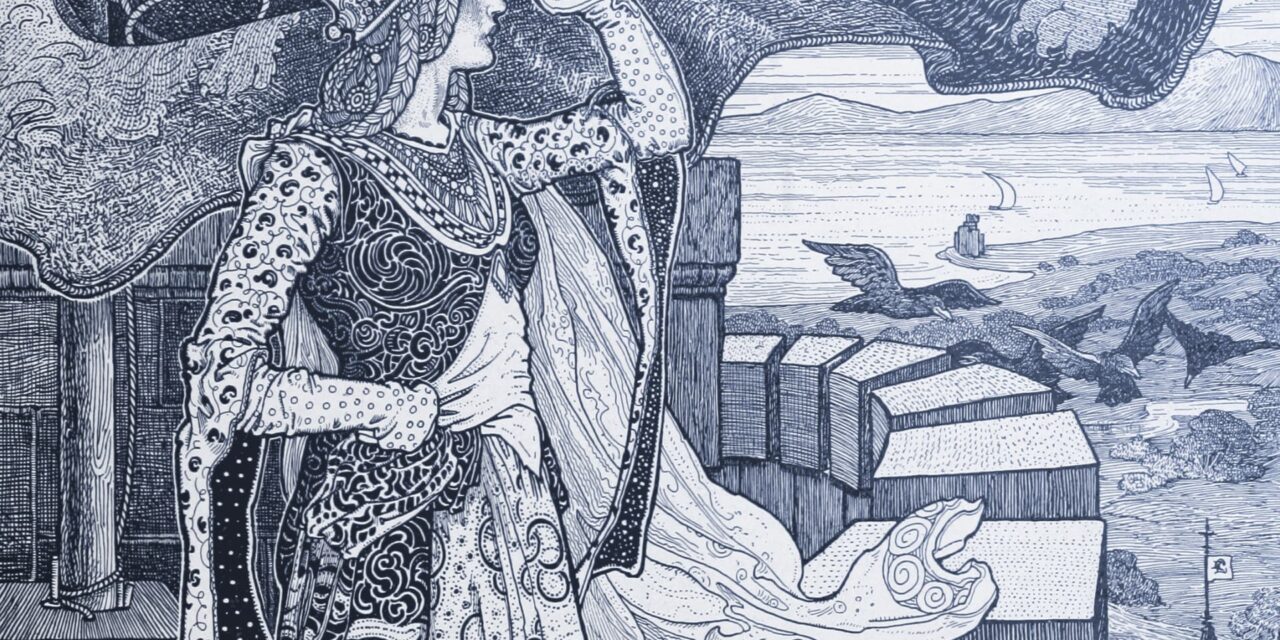
“Okay, this is complicated, but I’m trying to write a scene that features two characters that have the same gender but neither of their names are revealed yet. So it’s getting really weird. Do you have any advice on how to possibly do this? ”
There are definitely ways to describe unrevealed characters (or a character without the use of their names) in prose, whether you’re doing it for one scene, or if it’s simply a choice in writing style!
It may seem daunting at first, but it’s certainly doable, and not as unheard of as one may think. You’ll find it among classic literature, poetry, and even shorter fiction–all dependent on the author. Including me. I, too, am a writer who prefers to narrate without name usage (other than in dialogue) and stick to monikers and/or certain descriptors for characters.
Let’s take a look at how to get started in writing this type of prose!
What makes your character notable?
When thinking about how to describe and/or narrate your character without using their name, ask yourself what makes them stand out the most. This isn’t just asking “who” your character is; this is asking what makes them who they are. And there are multiple ways to do this.
Personality
To start, maybe your character has a very distinctive personality. Are they extra grumpy or happy? Usually, that’s one of the first things we notice when interacting with other people. We notice first if our family member seems grouchy one particular morning or if a friend looks like they’re about to share the best news of the world during lunch hour.
When telling a story, narrating about a woman being mean to another can be as simple as dubbing her “the mean woman” or “the mean lady.” That’s just as we would start describing someone in real life without knowing who they are. The same can be said about “a nice man” who enters the story and tries to calmly interact with the mean woman who’s making a fuss.
Let’s try that in action with a tiny scene:
I turn my head to the banter by the cash register, its volume increasing in pitch thanks to a scowling woman waving her finger around.
“I won’t have this,” she cried. “Get me your manager, now!”
The man next to her adopted a hesitant smile as he raised a hand. “Ma’am,” his gentle voice barely a murmur from where I sat in the cafe, “maybe you can ask for an alternative milk in your coffee, since they’re out of what you want?”
“And ruin my drink?” The mean woman turned her piercing eyes on him with a huff.
The gentle man stepped back with a startle. “Well, you never know. Maybe you’ll discover a new favorite drink?”
Fairly straightforward, right? This is but one simple way to narrate a character without using their name, but with a person’s personality, mannerisms, or even mood, in this case. And this works with using different pronouns, genders, and/or identities; as well as whether the POV of your character (or narrator) knows the other character in question or not.
Appearance
Something else we notice as people while first interacting with others is their appearance. And this involves more than simply what they’re wearing. Again, it must be notable enough as a feature.
Rather than writing a laundry list of what a character is wearing in prose, focus on what pieces of their attire make them stand out in a scene or situation. Take, for example, someone wearing winter layers in the middle of summer and vice versa. Or someone with neon pink hair. Or a really tall person among the crowd.
If you have two characters speaking with each other, such as two women, it can be as simple as a difference in hair color. “The blonde spoke to the brunette.” Yet there are ways to be more creative with your descriptors. Maybe one of them is “the lady in pink” (or “pink lady” for easier word flow) because their entire outfit is pink from head to toe. Sit down and truly consider all attributes of your character(s).
Utilizing appearance and personality to form monikers also works in a setting where all characters dress the same. In The Red Badge of Courage by Stephen Crane, the story takes place during the U.S. Civil War and follows the main character on his journey of being a soldier. Therefore, he and the other characters are all in uniform. Per Crane’s writing style, their names are only utilized in dialogue.
Henry, the main character, is dubbed as “the youth.” Then, other characters are further named as the tall soldier, the loud soldier, the blatant soldier, the sergeant, and even the fat soldier.
This works well in fantasy too! Consider one character with wings on her back compared to another with cat ears and a tail. Those are likely their most prominent features and, thus, simple descriptors for them. This is how it works for my characters in my superhero fiction setting. My two main characters are Skye and Kat, but you will see my prose consistently uses their monikers, “the winged hero” and “the feline hero” instead.
This leads me to my next option on how to narrate your characters without using a name!
Profession/Activity
Consider what your character does, or is currently doing, in your scene. Addressing them as part of their profession is another option for creating a moniker.
Let’s go back to my main characters above, the winged hero and the feline hero. In addition to the wing and cat features addressing what’s most notable about their appearance, “hero” then defines who they are in terms of profession (especially since it’s a superhero fiction!) Plus, it sounds clunky if you do “winged woman” or “feline woman” instead. And even then, there are better attributes, and more creative ways, to describe the two characters than them just being women!
Here’s another example for a more realistic setting: You have a character walking inside a big corporate building for a job interview–maybe the CEO themself. If the CEO’s name isn’t revealed yet for any reason, or you prefer not to use their name in narrative at a particular moment, referring to the person as “the CEO” is still a way to give them a moniker in narrative.
Or, perhaps you have a character meeting an artist, such as a painter, to collect a piece for their home. In this case, “the painter” or “the artist” also works in prose.
Here’s a quick example:
The painter fidgeted with her braid as she waited, watching the CEO step from the elevator.
The CEO’s high heels clicked against the tile floor with her approach. She waved with a warm smile. “You must be Macy.” The warmth spread to her words, and she held out a hand. “It’s good to finally meet you.”
The painter relaxed, dropping her hands from the braid to return the handshake. “I am. Thanks for meeting with me.”
My favorite book, The Alchemist by Paulo Coelho, is also a fantastic example of this. The main character, Santiago–known as “the boy” in the book–meets several people on his journey to Egypt. Coelho refers to many of his characters by their profession or status: the alchemist, the old merchant, the chieftain, etc.
Here’s an excerpt from the book for further reference:
The following night, the boy appeared at the alchemist’s tent with a horse. The alchemist was ready, and he mounted his own steed and placed the falcon on his left shoulder. He said to the boy, “Show me where there is life out in the desert. Only those who can see such signs of life are able to find treasure.”
They began to ride out over the sands, with the moon lighting their way. I don’t know if I’ll be able to find life in the desert, the boy thought. I don’t know the desert that well yet.
He wanted to say so to the alchemist, but he was afraid of the man. They reached the rocky place where the boy had seen the hawks in the sky, but now there was only silence and the wind.
“I don’t know how to find life in the desert,” the boy said. “I know that there is life here, but I don’t know where to look.”
“Life attracts life,” the alchemist answered.
Use other senses
You may have noticed that we discussed a lot of visual attributes of a character that would make great monikers in narration. But don’t forget about the other senses! It is just as efficient to come across a smelly boy or a loud girl and dub them as such. For touch, perhaps a character emerged from a sewer covered in grime, and they feel extra slimy!
Once again, think about how you notice and interact with others during day-to-day life. We may first notice things about other people like “messy hair,” “dressed formally,” or “weirdest outfit ever,” but all your senses are put to work when you are present in any situation. A girl sings off-key in the distance, or the new date your character meets smells like they haven’t showered in a week. These are all great descriptors to use in creating monikers!
Consider point of view and narrator
By now, you should have ideas on how to tackle narrating your characters without using their names, but I do want to add a final note! Keep in mind your character’s POV (or narrator) when writing about another character. Does your character/narrator know this person? Monikers like “the stranger” work just as well in prose, and even add some mystery or tension to the mix!
First person can make it simple with prose like, “I stared at the tall stranger. I never met him before, but this is now the second time he’s shown up. Just who is he? Will I ever find out?”
Third person could be, “The figure standing before the boy turned to face him, a complete stranger. Yet the boy did notice the colors on the figure’s uniform–a captain. He stiffened to attention.”
This accomplishes a fun way to introduce characters, where the reader is meeting a new character at the same time the character POV/narrator is. This also allows you to control the pace of bringing in new characters to your story too, versus dumping a list of names and descriptions all at once to overwhelm your reader. From a total stranger in one chapter to realizing a military uniform in another, and eventually learning the new character’s name via dialogue later.
And there you have it! If you want to exercise your creativity by narrating your characters with monikers, or simply practice finding what’s most notable about them to begin with, pretend all of your characters are wearing the exact same outfit (like in The Red Badge of Courage with the soldiers), and determine what–other than their clothes–helps them stand out. Is it their status or rank? Their voice, mannerisms, or personality? Or do they have a specific physical feature that stands out, from tattoos to missing limbs, to colored hair or wings? This is a great exercise anyway to practice developing characters!
As with all things in writing, experiment, play around, and be open-minded. Trying something new like this may feel difficult if you’re not used to it. However, there are some benefits to writing like this as well! If you want a more poetic feel to your writing style, or to keep a character’s identity hidden until later in the story for thrill and mystery, utilizing monikers can help!

